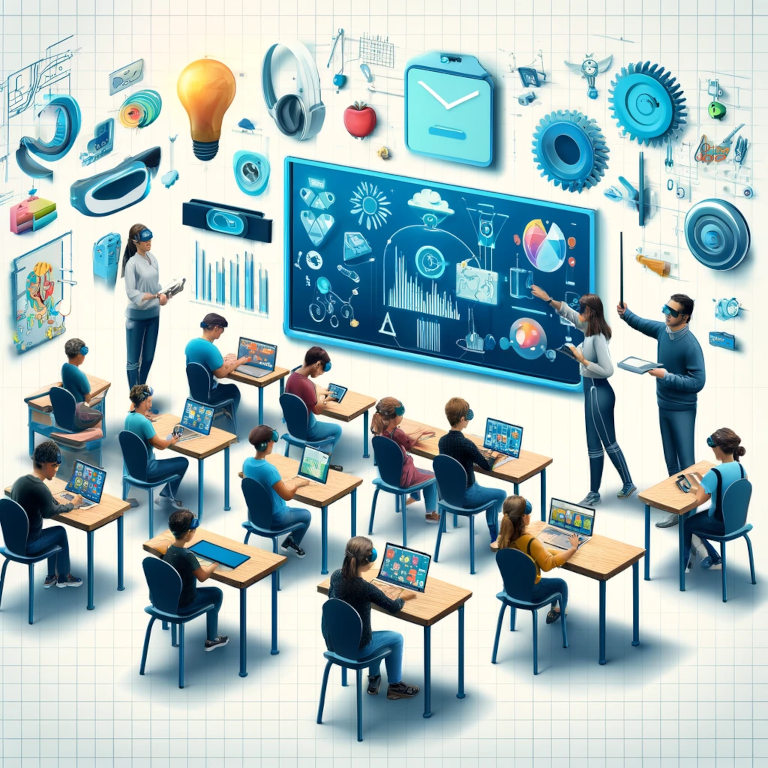In the ever-evolving landscape of education, technology plays a pivotal role in shaping how information is delivered and absorbed. Known as educational technology, this field integrates digital tools and innovative methods to enhance learning experiences, making education more accessible, engaging, and effective. As an expert in Science and Education, this article explores the profound impact of educational technology on modern learning environments.
Defining Educational Technology
Educational technology, often referred to as EdTech, encompasses a broad range of tools and methodologies used to improve teaching and learning. This includes everything from simple digital resources like educational apps and online courses to complex systems like learning management systems (LMS), artificial intelligence (AI), and virtual reality (VR) environments.
Key Components of Educational Technology
- Digital Content and Resources: Digital textbooks, interactive videos, and online databases provide students with a wealth of information at their fingertips, catering to diverse learning styles.
- Interactive Learning Environments: Tools such as smartboards, tablet computers, and AR/VR applications create immersive learning experiences that make complex subjects more accessible and engaging.
- Assessment and Feedback Tools: Software that provides real-time feedback and analytics can help educators track progress and tailor instruction to meet the needs of each student.
- Communication and Collaboration Platforms: Technologies like discussion forums, video conferencing, and collaborative workspaces foster communication between students and teachers, as well as among students themselves.
Benefits of Educational Technology
- Personalized Learning: Technology enables personalized education paths by allowing learners to progress at their own pace and according to their own learning style.
- Increased Engagement: Interactive tools and dynamic content make learning more engaging, helping students to retain more information.
- Accessibility: Educational technology can bridge learning gaps for students with disabilities through assistive technologies and can provide access to quality education to people worldwide.
- Efficiency: Automation of administrative tasks and grading frees up time for educators to focus on teaching and personal interaction with students.
Challenges and Considerations
While the benefits are substantial, the integration of technology in education is not without challenges. Issues such as digital divide, privacy concerns, and the need for teacher training must be addressed to fully harness the potential of educational technology.
The Future of Educational Technology
The future of educational technology is promising, with ongoing advancements that are likely to revolutionize the educational landscape. AI and machine learning continue to make learning environments even more adaptive and responsive. The increased use of big data analytics will enhance our understanding of learning processes and outcomes, leading to more effective educational practices.
Incorporating Technology in Education
For educators and institutions looking to incorporate technology, it starts with assessing both needs and resources. It is crucial to choose tools that complement the educational goals and to provide adequate training for educators. Continuous evaluation and adaptation of technology use in educational settings will ensure that it meets the evolving needs of teachers and students.
Educational technology is not just about the tools but how these tools can be used to create a more informed, educated, and connected world. It is an exciting field that holds the potential to transform traditional educational methodologies, making learning a more inclusive, engaging, and successful process for everyone involved.






